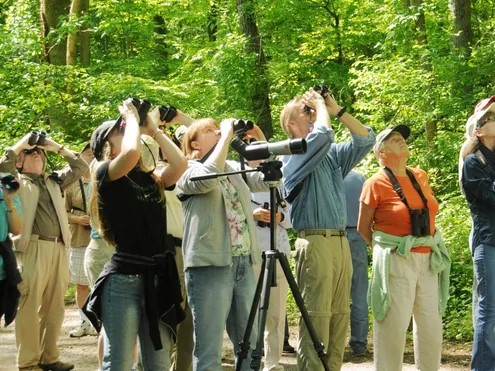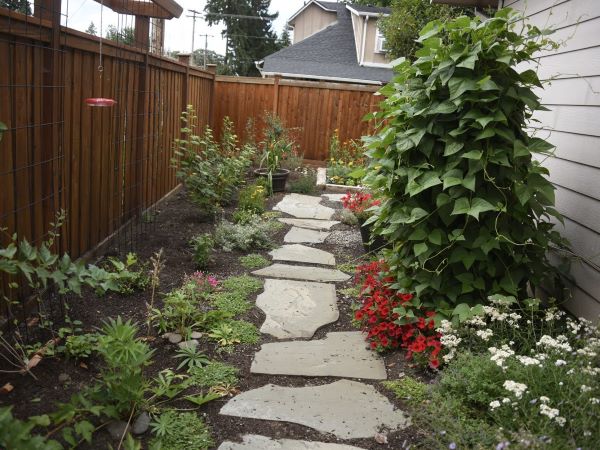Our First Saturday Bird Outings, created as part of our commitment to the Lane Audubon…
 Over the past few winter months, my husband and I have hosted two males and one female Anna’s Hummingbirds at our property. This is the fifth year we have had them consistently all winter. We live at a 1,000-foot elevation, so tend to have cooler temperatures than the valley floor. Many Willamette Valley folks have been hosting over-wintering Anna’s here for more than a decade. It has become normal to see these birds during the winter months. Through the cold, harsh ice storm (we were without power for 5 days) with its snow and sub-freezing nights, we tried to keep the sugar water feeders thawed for them. My husband would get out early to change out the warm feeders for the birds, having brought them in for the night. We even rigged up heat lamps and extension cords to keep them thawed during the day. Feeding wild birds is a big commitment!
Over the past few winter months, my husband and I have hosted two males and one female Anna’s Hummingbirds at our property. This is the fifth year we have had them consistently all winter. We live at a 1,000-foot elevation, so tend to have cooler temperatures than the valley floor. Many Willamette Valley folks have been hosting over-wintering Anna’s here for more than a decade. It has become normal to see these birds during the winter months. Through the cold, harsh ice storm (we were without power for 5 days) with its snow and sub-freezing nights, we tried to keep the sugar water feeders thawed for them. My husband would get out early to change out the warm feeders for the birds, having brought them in for the night. We even rigged up heat lamps and extension cords to keep them thawed during the day. Feeding wild birds is a big commitment!
A woman from the Coos Bay area called the Lane Audubon phone to report she has been hosting about 40 Anna’s Hummingbirds since the fall. They stay until early spring and then move on, probably heading north and east into the interior of the state. She said it was more typical for her to have seven or eight birds, so 40 was a new record for her!
These birds not only eat sugar water, but also hawk tiny insects from the air and glean spiders and spider eggs from trees and plants. They seem to be thriving here during the winter, in a surprising feat of adaptation. Is it because of loss of habitat farther south and/or the warmer winters in the north with more desirable habitat for them? Our cold events are fairly short-lived, so they get a reprieve when the “normal temperatures” return. Being able to find food and shelter here gives them an early edge on the nesting season. They have their territory set up and are ready for action when the sun breaks through.
By mid-February the males were displaying, and the female was collecting nesting material. She would fly into the window boxes and skylights to collect spider webs. I have not located her nest, since we have many big trees nearby. I will be watching for her offspring to appear at the feeders, and wondering just how early they will be out of the nest this year!
As the days get longer, it makes me happy to know they have had a safe place to shelter and eat throughout the winter. Spring will arrive at the equinox, March 20th, when the lengths of day and night are equal. It is always energizing to have more hours of daylight, and to know that spring has officially arrived!



